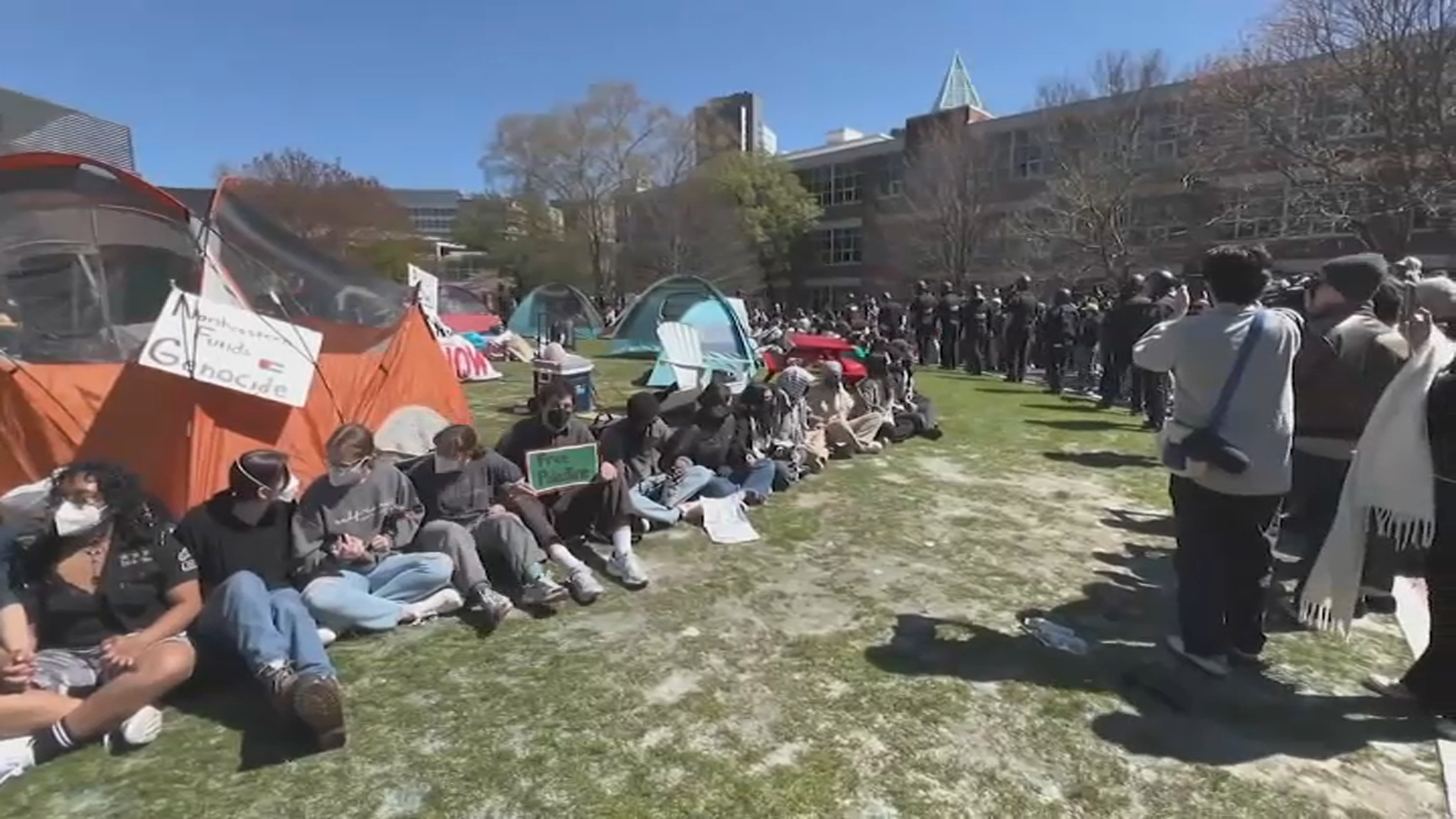
Home heating costs are expected to grow this winter because of projections of colder weather and people continuing to shelter at home due to the pandemic. But many could get a break in New England, which is heavily dependent on heating oil.
The U.S. Energy Information Administration projects a 10% decline in spending for home heating oil this winter while spending for propane is projected to grow 14%. There are projected increases of 6% for natural gas, and 7% for electricity, the agency says.
Many families were already struggling to pay utility bills because of the pandemic, so any increase is a concern, said Mark Wolfe of the National Energy Assistance Directors Association in Washington, D.C.
Overall, the projections are bad news. But it's potentially good news for those in New England who use heating oil.
Oil prices remain depressed around the world, and nearly 20% of homes in the Northeast rely on oil furnaces for their primary heating source, according to the U.S. Energy Information Administration.
With so much uncertainty, the National Energy Assistance Directors Association is asking Congress for at least an additional $4.3 billion for home energy assistance for the coming year, Wolfe said.
Local
In-depth news coverage of the Greater Boston Area.
The extra funding would help people with outstanding utility bills, as well the need for assistance in the coming year, he said.
About one out of seven households is behind on energy bills and arrearages will grow without more federal help, Wolfe said.
The federal Low Income Home Energy Assistance Program, known as LIHEAP, is popular in both cold weather and warm weather states, like Florida and Arizona, where it also distributes money to keep people keep cool in the summer. All told, the program helps 6 million households.
The program is currently funded with a $3.7 billion appropriation, plus an additional $900 million from the CARES Act, Wolfe said.



